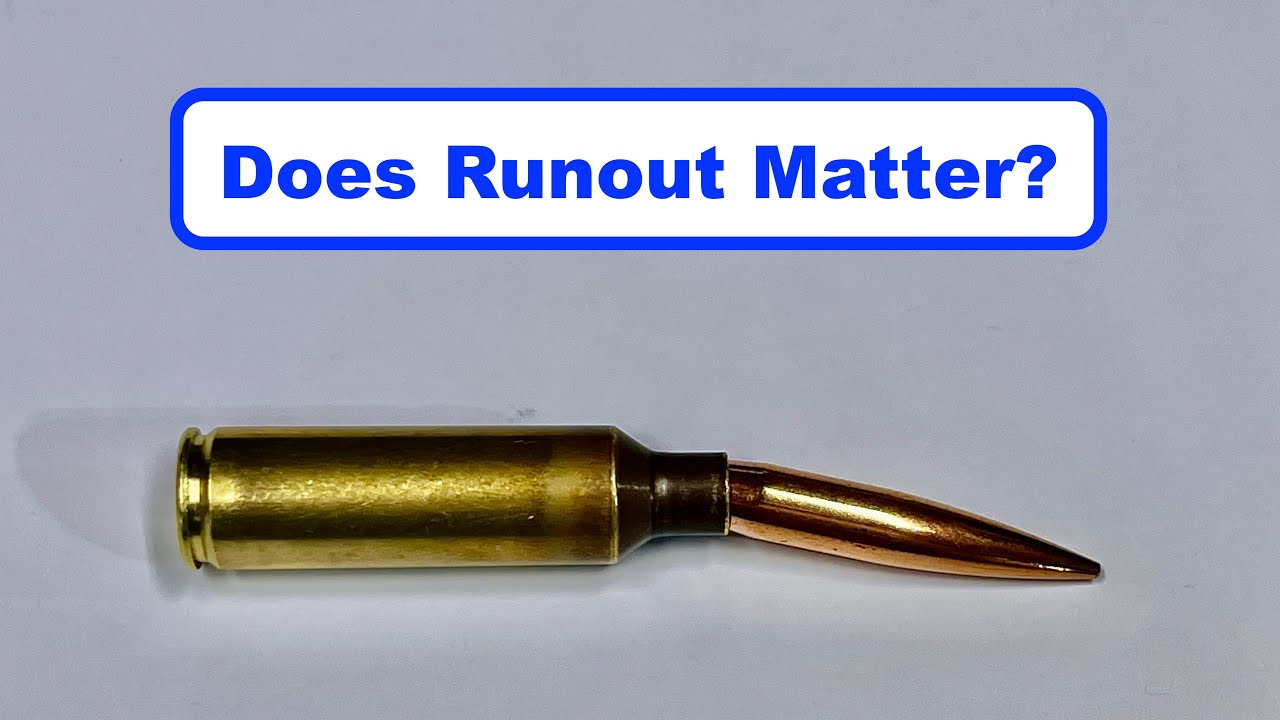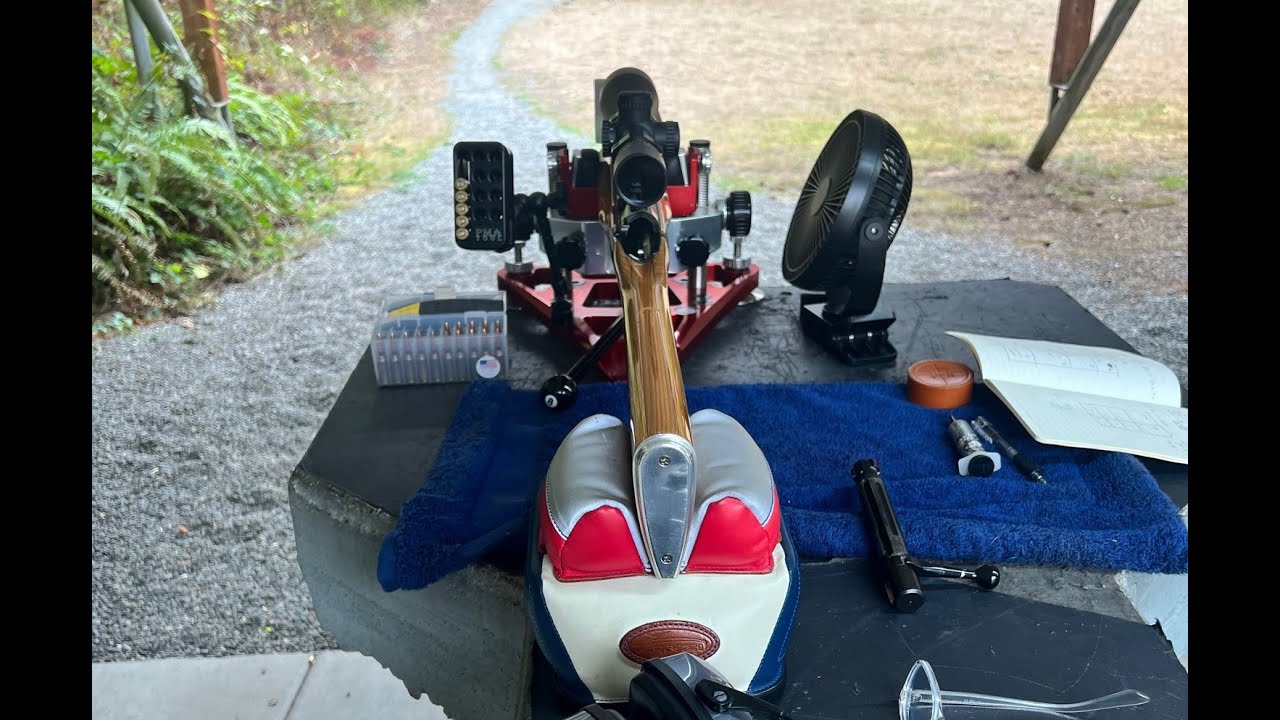Did you watch the video? Quite clearly, he states in the video that the ammo is too bent to be chambered freely, so it's obvious that the rifle is straightening the ammo...
But here folks are, arguing against their own eyes, that this is kind of rebuttal in any way meaningful... If a shooter can feed ammo which is SO bent that it can't even be chambered and still shoot sub-moa at 1,000 yards, it's pretty obvious some hunter in Ohio doesn't need to give a damn about concentricity for his pappy's 30-06 he shoots 10 rounds per year....
Same, same... It's moot. Rifles are rifles. Better barrels shoot smaller than lesser barrels, but it's a lame excuse to say, "well that might work for a custom barrel, but factory rifles need ________" to justify whatever process the factory barrel shooter started doing because they heard at one point that custom rifle competitors used to do...

 www.youtube.com
Hopefully it open open up.
www.youtube.com
Hopefully it open open up.


